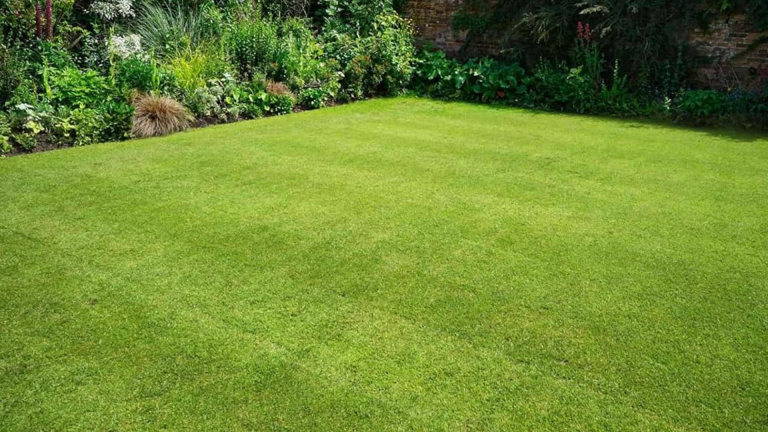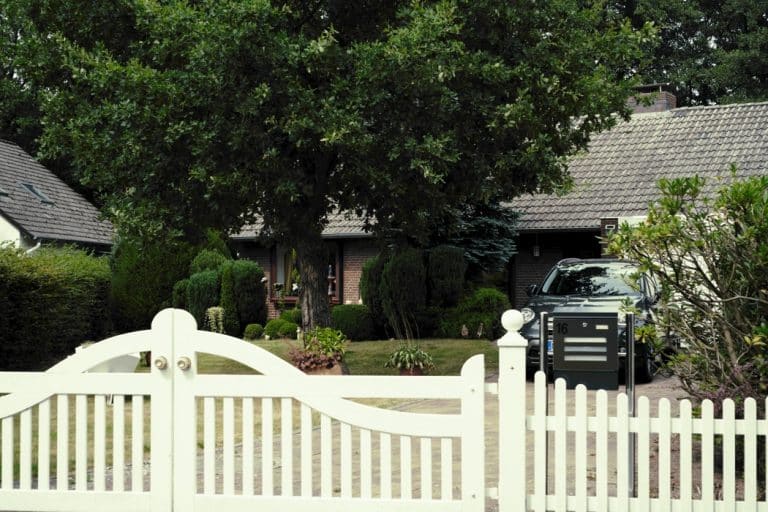If you’ve ever looked at your lawn and wondered if the grass will fill in on its own, you’re not alone. Many homeowners ask, “Does grass spread?” The answer depends on the type of grass you have. Some kinds of grass can spread and cover bare spots without any help. Others grow in bunches and require reseeding to achieve a fuller lawn.
In this guide, we’ll explain how grass spreads, which types do it best, and what you can do to help your lawn grow thick and healthy. Whether you’re starting a new lawn or trying to fix patchy spots, understanding how grass grows makes things a lot easier.
With the right care and a little patience, your lawn can become the thick, green space you’ve been hoping for. Let’s find out how!
Does Grass Really Spread on Its Own?
Yes, some grasses do spread on their own, but not all of them. Whether your grass will naturally fill in depends on the type you have. Some grasses grow sideways and send out shoots that help them spread across your yard. Others grow in bunches and stay in one place unless you plant more seeds.
Spreading grasses are great for filling in bare spots and creating a thicker lawn over time. These grasses use special stems, either above the ground or below it, to grow new blades in nearby areas. This makes them ideal for homeowners who want low-maintenance lawn coverage.
On the other hand, clumping grasses grow in tight groups and won’t spread much at all. If your lawn has one of these, you’ll need to reseed or patch bare areas by hand to keep it looking full and even.
How Does Spreading Grass Work?
Grasses that spread do so using special stems that grow new shoots in nearby areas. These stems help the grass move outward, fill in bare spots, and create a thicker lawn over time. There are two main ways grass can spread—through stolons or rhizomes.
Stolons (Above-Ground Runners)
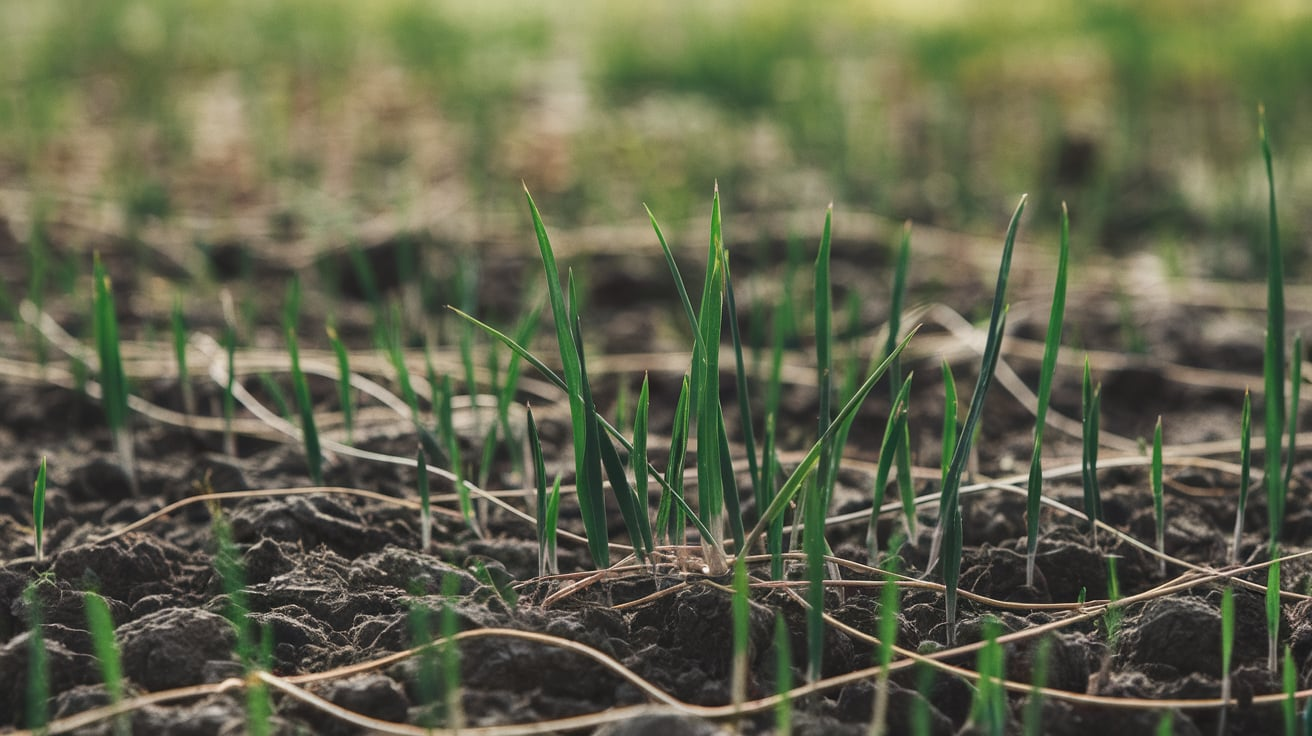
Some grasses, like Bermuda and St. Augustine, grow with stolons. These are long, skinny stems that grow above the soil and lie flat across the ground. Wherever a stolon touches the soil, it can grow roots and form a new grass plant. This helps the lawn grow outward and fill in quickly.
Rhizomes (Underground Shoots)

Other grasses, like Kentucky bluegrass and Zoysia, spread using rhizomes. Rhizomes grow below the surface and send up new shoots in nearby areas. This underground system helps the grass fill in gaps more slowly but also more deeply and strongly.
Together, stolons and rhizomes help spreading grasses cover space naturally—without you needing to reseed every empty spot.
Grass Types that Spread the Fastest
If you’re looking for a lawn that fills in quickly and thickens on its own, choosing a fast-spreading grass type is key. These grasses grow sideways through runners and can cover bare spots without needing constant reseeding.
1. Bermuda Grass
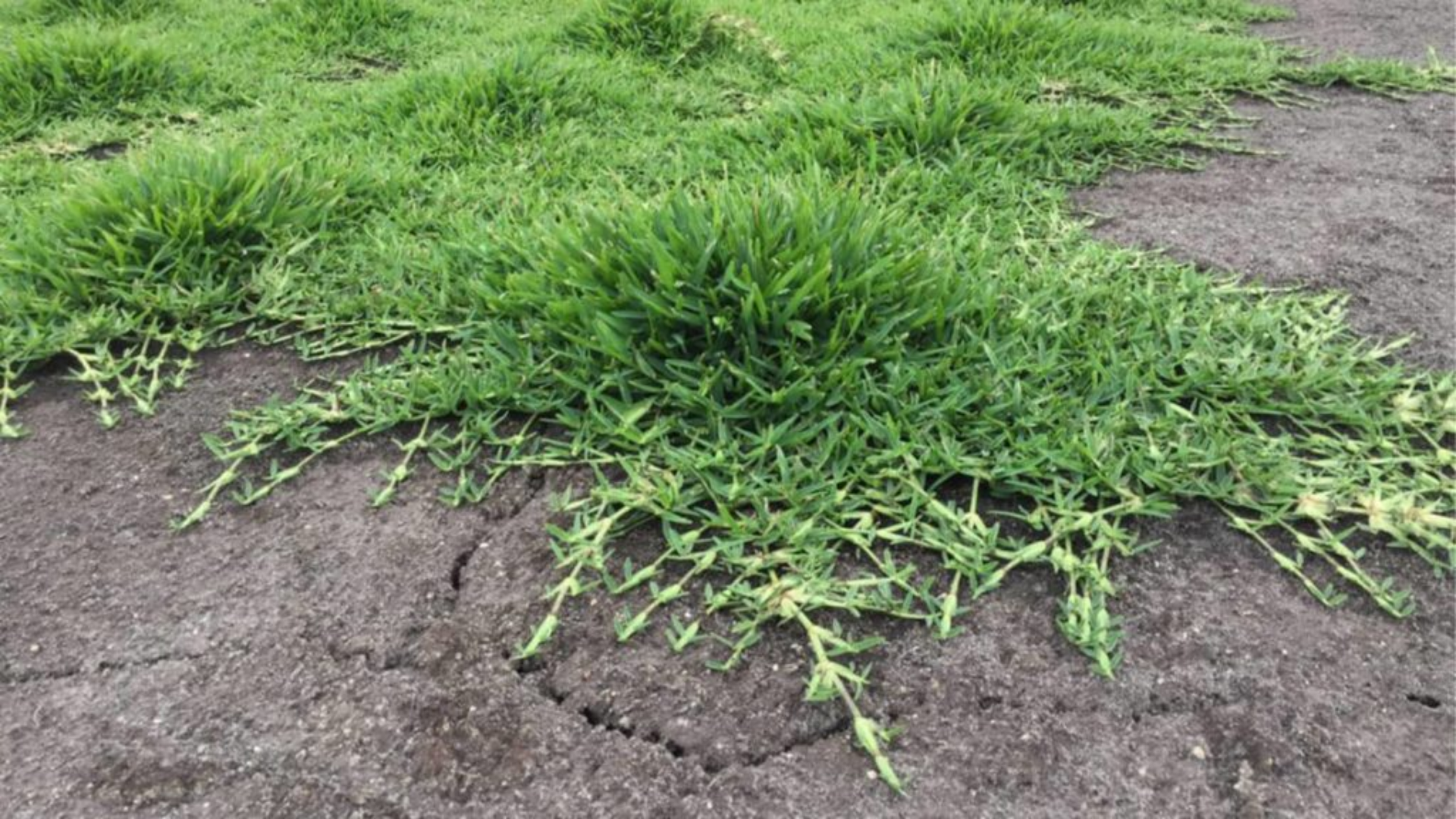
Bermuda grass is one of the fastest spreaders. It grows aggressively in hot weather and can quickly fill in thin areas with little help.
- Spreads using: Stolons and rhizomes
- Climate: Warm-season
- Speed: Very fast
- Best for: Sunny yards in the South
2. Zoysia Grass

Zoysia spreads more slowly than Bermuda but creates a thick, carpet-like lawn that resists weeds once established.
- Spreads using: Stolons and rhizomes
- Climate: Warm-season
- Speed: Moderate to fast
- Best for: Sunny to partially shady lawns
3. St. Augustine Grass
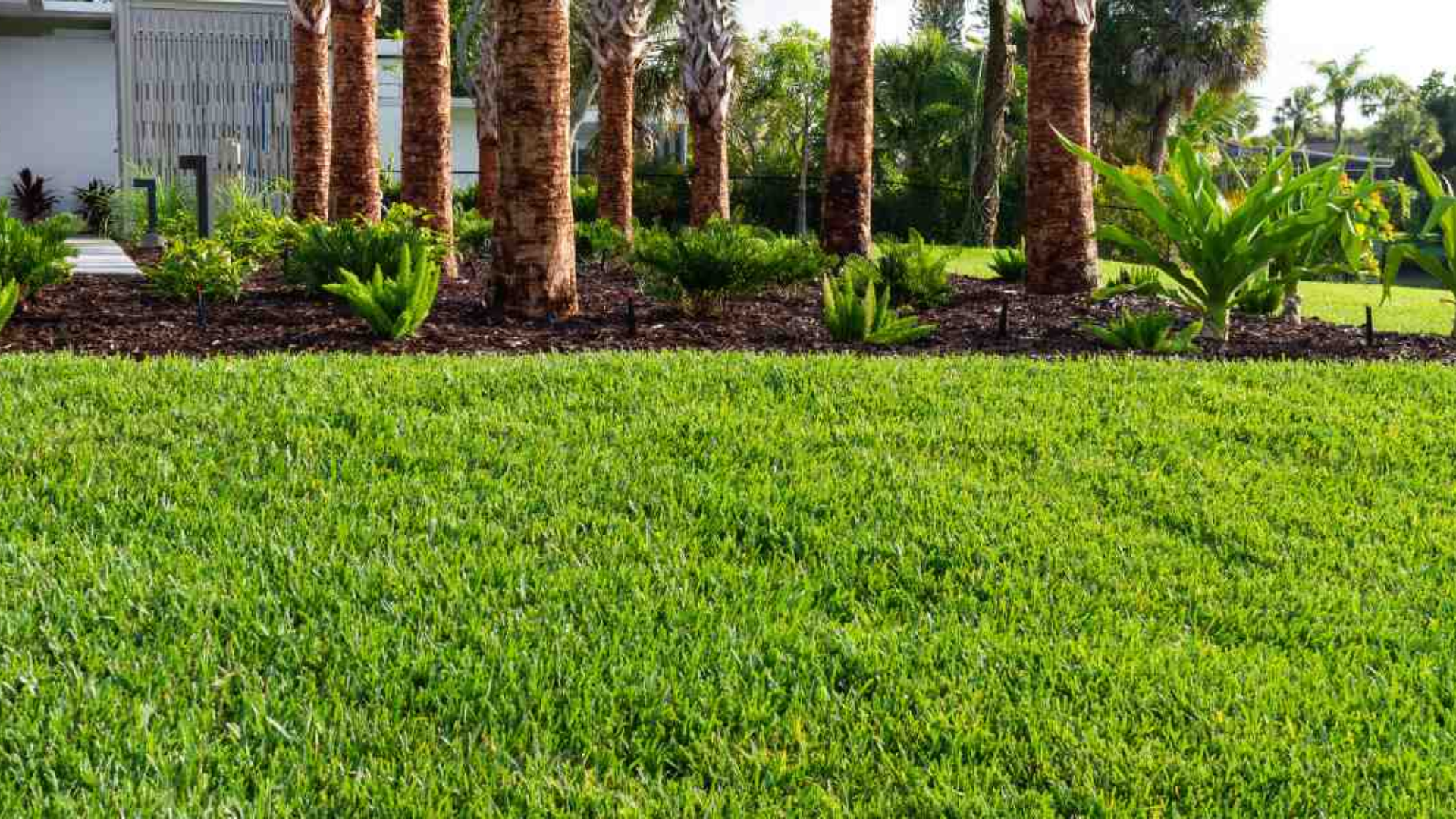
St. Augustine grass spreads quickly across the soil and is ideal for filling in lawns in warmer, humid regions.
- Spreads using: Stolons
- Climate: Warm-season
- Speed: Fast
- Best for: Coastal areas with humidity
4. Kentucky Bluegrass
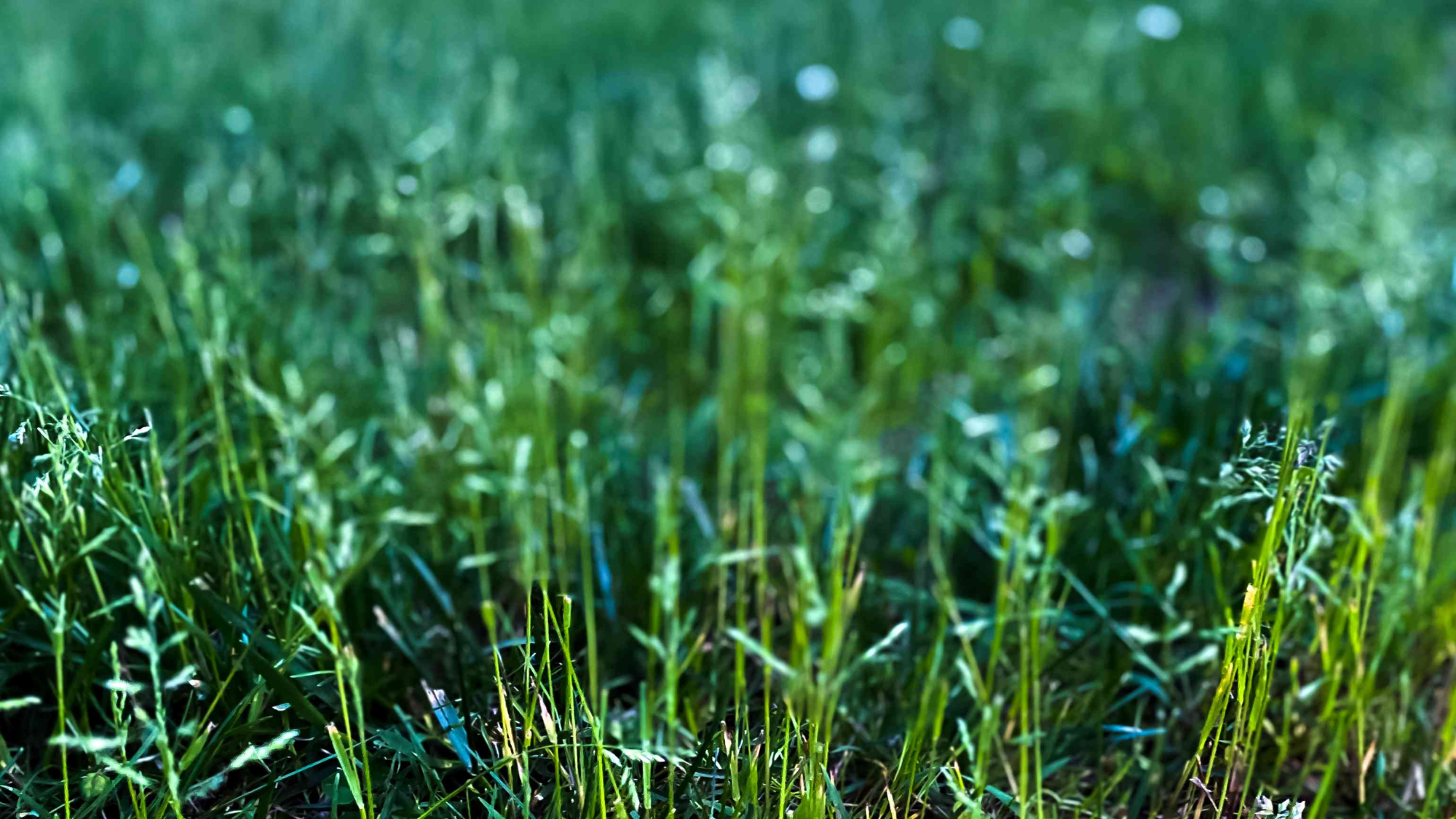
This cool-season grass doesn’t spread as fast as Bermuda, but over time, it naturally fills in patches and creates a thick, lush lawn.
- Spreads using: Rhizomes
- Climate: Cool-season
- Speed: Moderate
- Best for: Northern lawns
If you want your lawn to grow in faster with fewer gaps, picking one of these fast-spreading grasses can help you get there with less effort. Just make sure the grass type fits your region’s climate for the best results.
How Long Does It Take for Grass to Spread?
How fast your grass spreads depends on the type of grass, the weather, and how well you take care of your lawn. Some grasses are quick to spread, while others take their time. If you’re hoping for fast results, it helps to know what to expect.
Fast Spreaders: Warm-season grasses like Bermuda and St. Augustine spread quickly in hot, sunny weather. With proper watering and care, you might see noticeable growth in just a few weeks.
Slow Spreaders: Cool-season grasses like Kentucky bluegrass and Zoysia take longer to fill in. They might need a full growing season or more to cover bare spots completely.
What Affects Spreading Speed?
- Sunlight: Most spreading grasses need full sun to grow fast.
- Watering: Consistent moisture encourages new growth.
- Soil Health: Healthy, loose soil helps runners take root easily.
With the right conditions, even slow-growing grass can fill in nicely over time—just be patient and keep up with regular care.
How to Help Your Grass Spread Faster
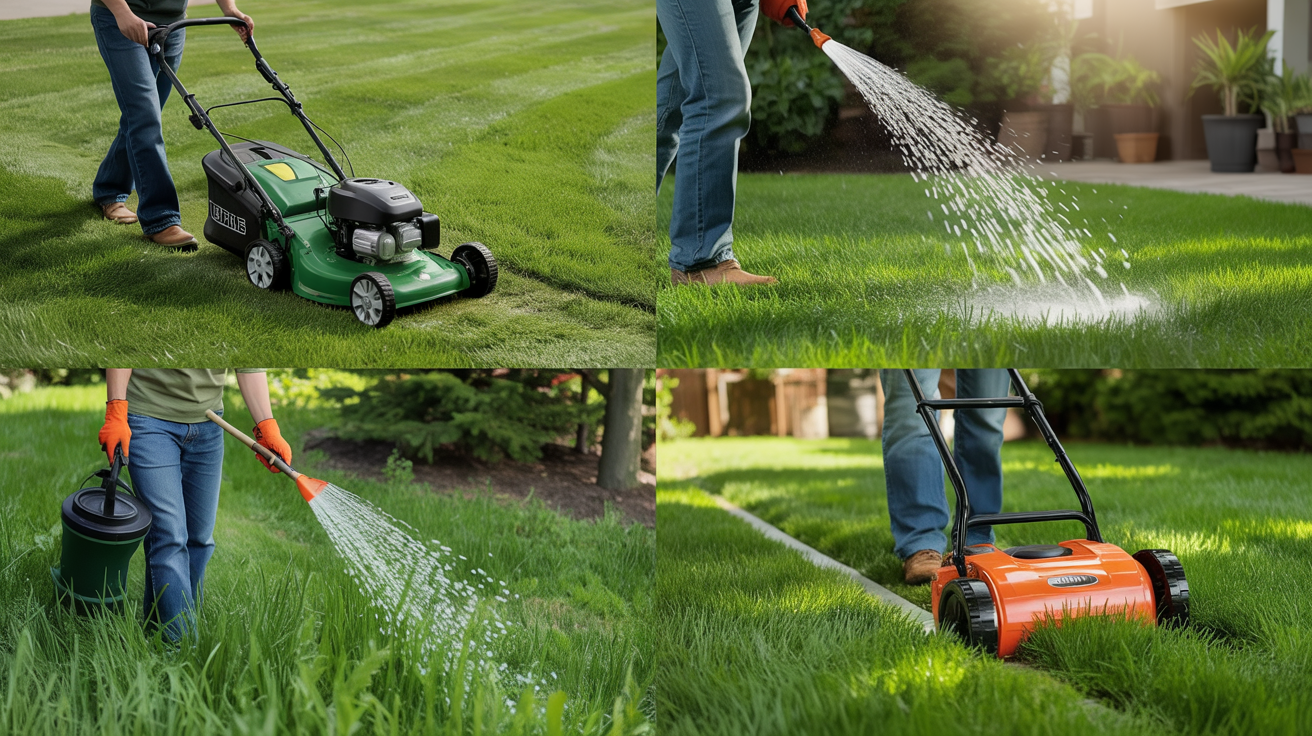
Yes, you can definitely help your grass spread faster with a few easy lawn care habits. Even spreading grasses need the right conditions to grow well. A little extra effort goes a long way in helping your lawn fill in thick and green.
1. Mow High: Cutting your grass too short can stress it out and slow down growth. Instead, mow high—leave the grass at about 3 to 4 inches tall. Taller blades help shade the soil, keep it moist, and encourage stronger root and runner growth.
2. Water Regularly: Consistent watering keeps the soil moist and helps new shoots take root. Water deeply a few times a week instead of lightly every day. This encourages the roots to grow deeper and stronger.
3. Fertilize Wisely: Use a balanced fertilizer during the growing season to feed your grass. This gives it the nutrients it needs to spread and stay healthy.
4. Aerate the Lawn: Aerating loosens up compacted soil and creates space for grass roots and runners to grow. You can rent a machine or use a manual lawn aerator in early spring or fall.
With proper mowing, watering, feeding, and aerating, your spreading grass will fill in faster and create a fuller, healthier lawn.
Grass That Spreads vs Grass That Stays Put
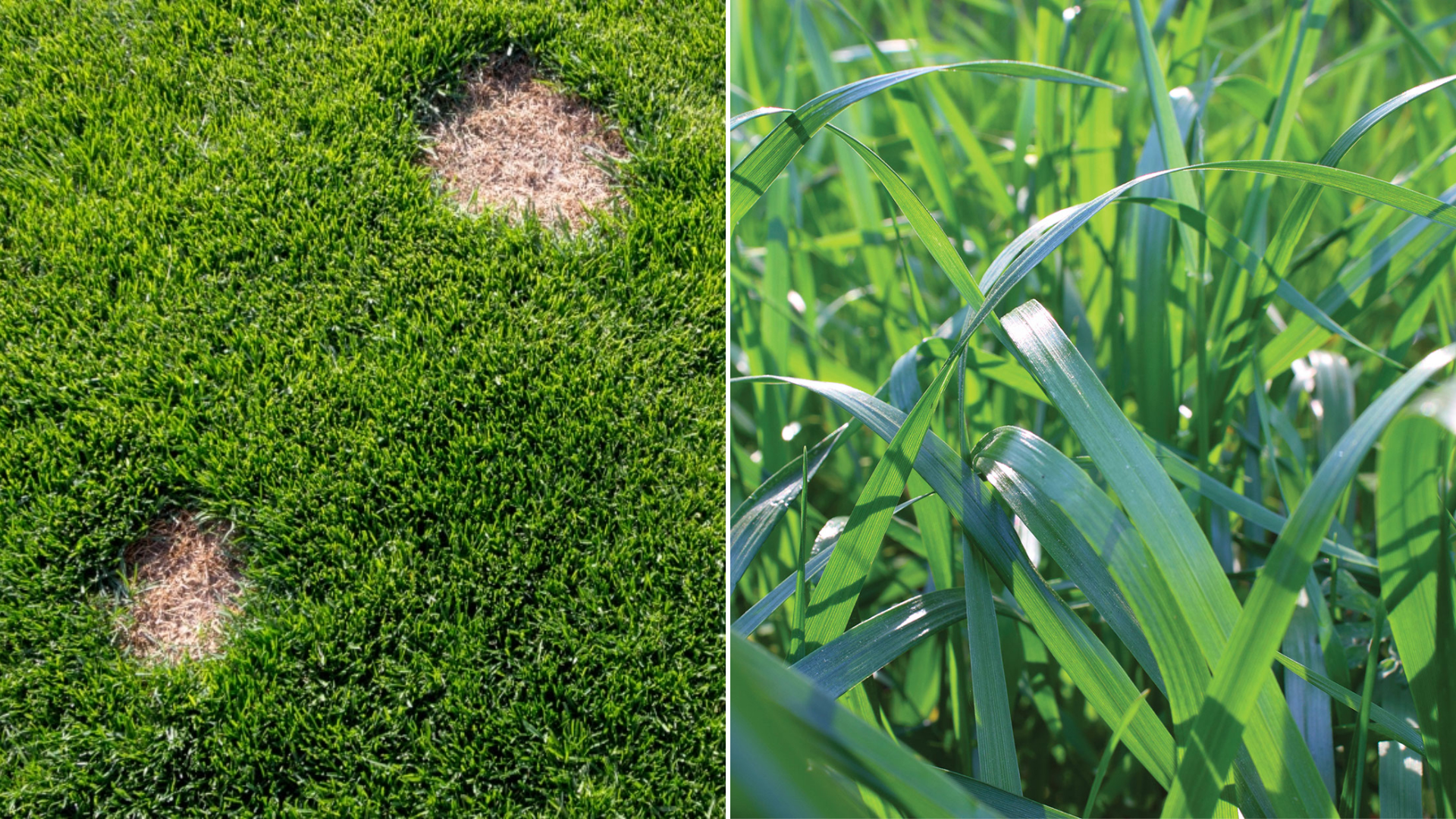
When choosing the right grass for your lawn, it helps to know whether it spreads on its own or stays in one spot. Some grasses naturally move across your yard, filling in bare spots and growing thicker with time. Others grow in clumps and won’t spread unless you reseed.
Spreading Grasses
These grasses grow sideways using stolons (above ground) or rhizomes (underground). They’re great for lawns that need to fill in fast or stay thick over time.
- Bermuda Grass: Fast-growing, thrives in warm climates
- Zoysia Grass: Spreads more slowly but creates a dense lawn
- St. Augustine Grass: Spreads above ground, ideal for humid areas
- Kentucky Bluegrass: Cool-season grass that spreads underground
Bunch-Type Grasses
These grasses grow upright in clumps and do not spread on their own. To fill in bare spots, you’ll need to overseed.
- Tall Fescue: Durable and drought-tolerant
- Perennial Ryegrass: Grows quickly but only where planted
- Fine Fescue: Good for shade, but doesn’t spread
Understanding your grass type helps you plan your lawn care. If you want low-maintenance spreading, go with a grass that does the work for you!
Helpful Tips for Managing Spreading and Bunch-Type Grasses
Here are some smart, non-repetitive tips to maximize the benefits of your lawn.
- Use edging to keep grass in bounds: Spreading grasses can creep into flower beds or sidewalks. Install borders to keep growth under control.
- Dethatch once a year if needed: Spreading grasses like Bermuda can build up thick thatch. Removing excess thatch helps water and nutrients reach the roots.
- Mow frequently during the growing season: Keeping your lawn trimmed encourages sideways growth and prevents runners from getting too long or uneven.
These tips will help you keep your lawn looking thick, healthy, and well-maintained.
Conclusion
Understanding the difference between spreading grass and bunch-type grass makes lawn care much easier. Spreading grasses grow outward on their own, filling in bare spots and creating a thick, full lawn over time. Bunch-type grasses stay where they’re planted, growing in clumps that require reseeding to stay dense.
Both types have their benefits. Spreading grass is great if you want a self-repairing, low-maintenance lawn—just be ready to manage its growth. Bunch-type grass provides more control and is often better suited for shaded or cooler areas, but it requires a little extra care to stay lush.
Regardless of the type of grass you have, implementing good lawn care practices, such as mowing, watering, fertilizing, and aeration, will help your yard look its best. With the right care, both spreading and bunch-type grasses can create a healthy lawn you’ll enjoy year after year.


